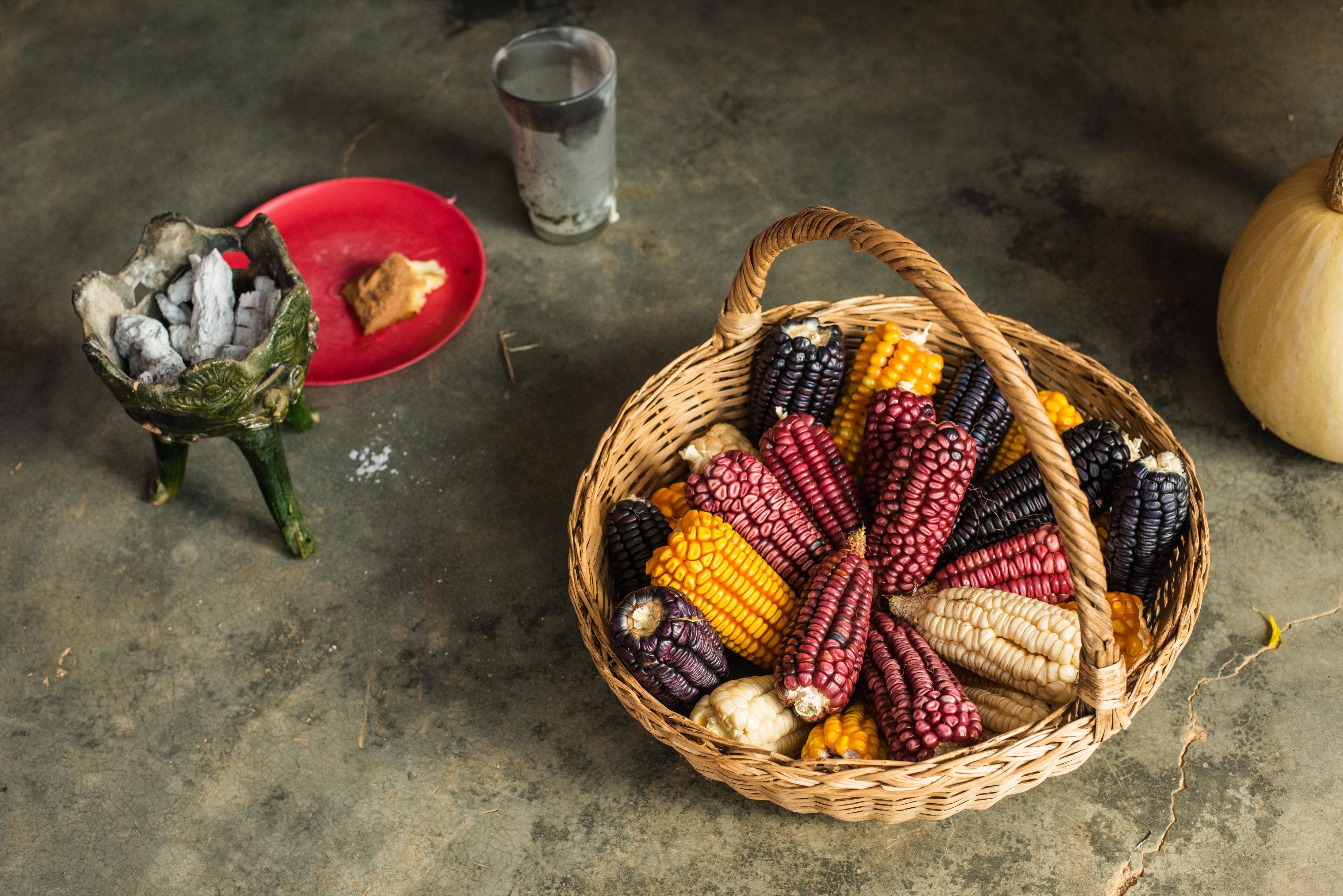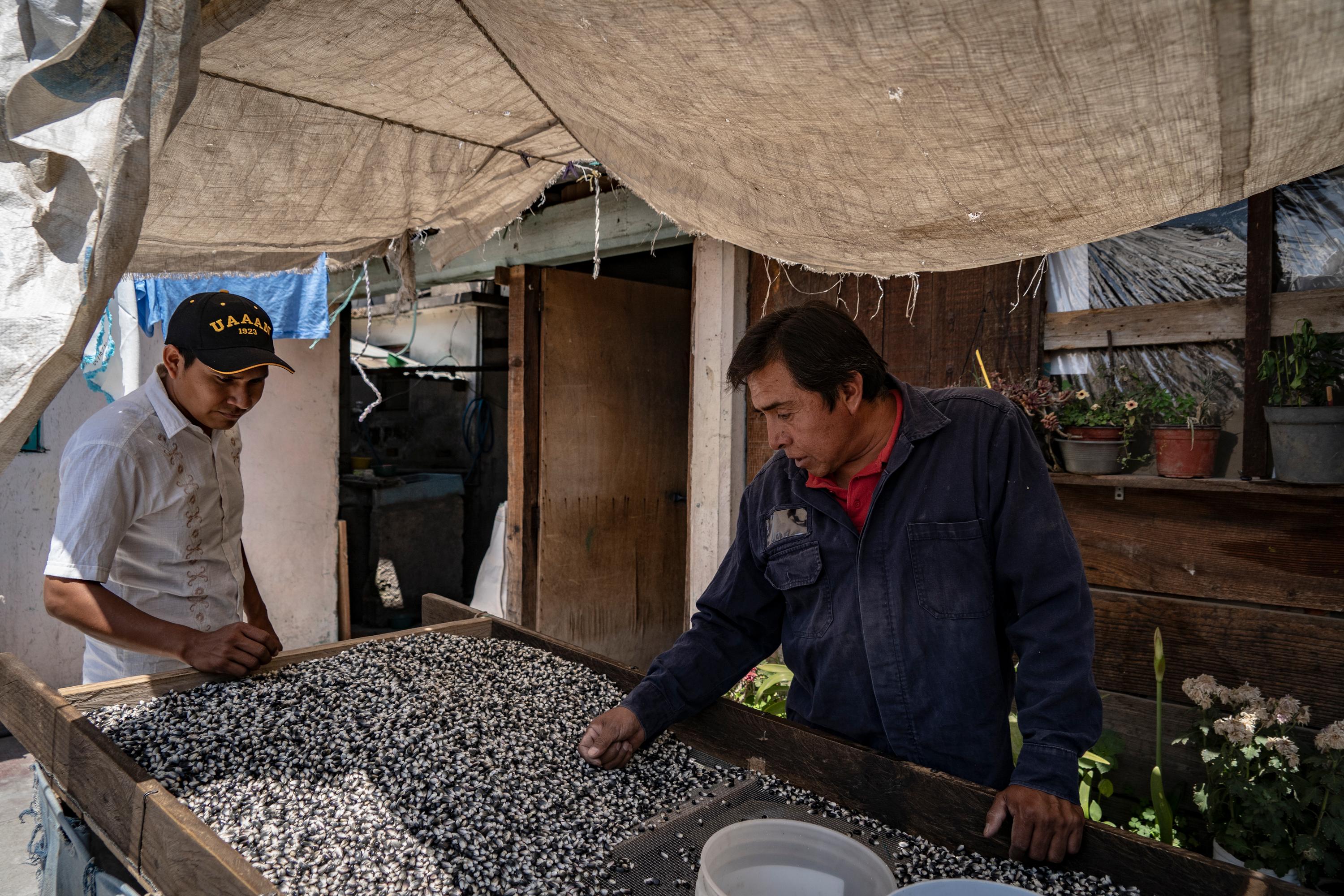Building an equitable food system that supports biodiversity, ecosystems, and culture
A lack of crop diversity hurts farmer wellbeing and cultural heritage
Mesoamerica is a historical region and cultural area spanning the southern part of North America to most of Central America. It is here where corn, beans, squash, chili, vanilla, and amaranth were first grown, boasting a 9,000-year-old gastronomic heritage tied to Indigenous culture. These cultures have preserved heirloom crop varieties through the milpa system, an ancient polyculture technique that uses biodynamic relationships to reduce fertilizer and pesticides used to grow crops. Indigenous farmers have used this system to pass their seed and harvesting knowledge down through generations so crops can adapt to local microclimates.
Today, the milpa faces grave threats from agro-industrial monocultures that can produce higher yields at the expense of soil health and reduced crop biodiversity. Moreover, non-traditional growing practices often have little to no cultural knowledge and limit growers' access to the market, resulting in traditional farmers having no choice but to sell heirloom crops below cost to intermediaries. This often perpetuates a cycle of poverty.

